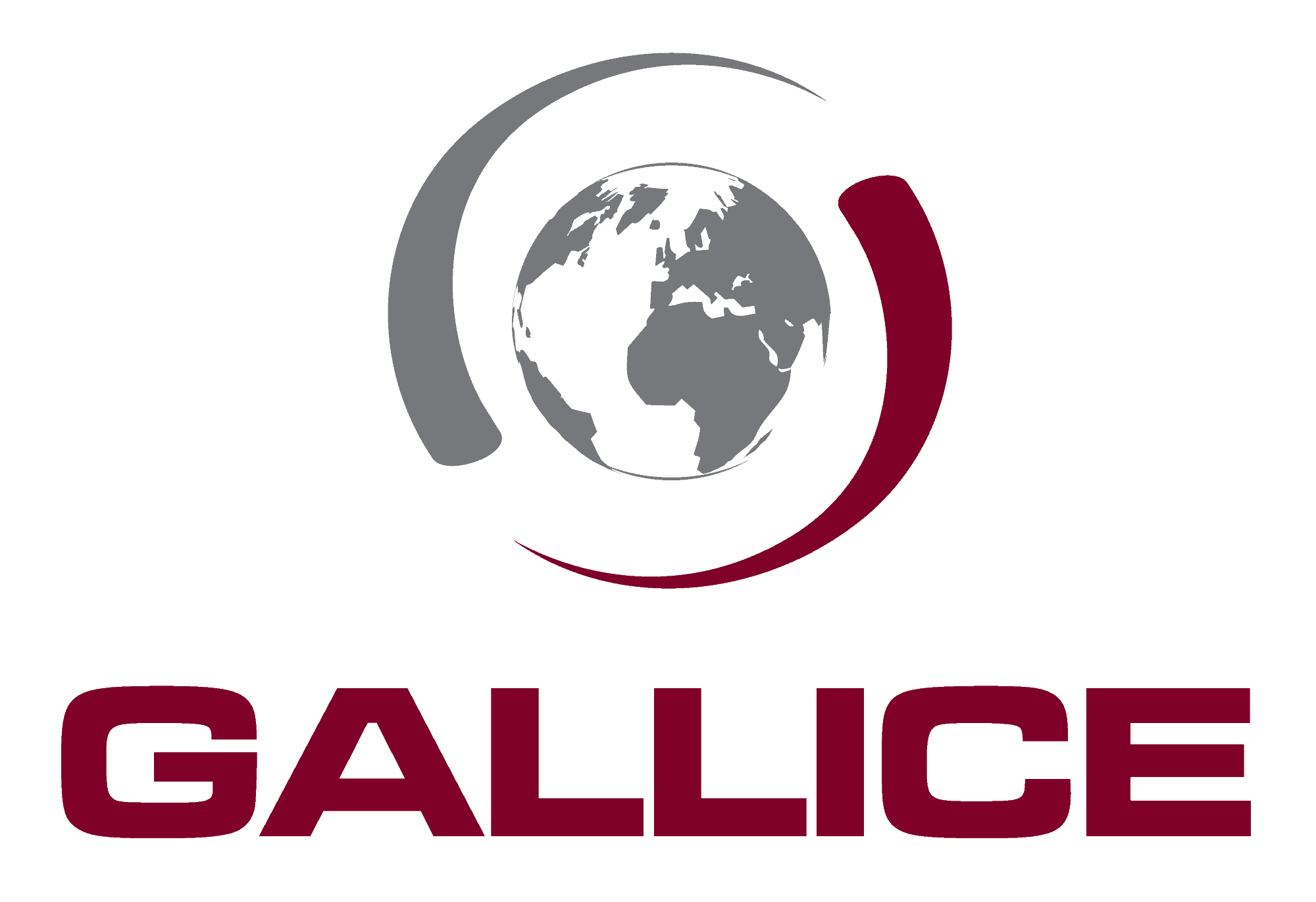IRAN
In 2025, Iran is navigating a period of internal crisis and international isolation. Supreme Leader Ali Khamenei remains in power, but speculation about his succession is intensifying due to his declining health. The regime is preparing for a controlled transition, likely favouring one of the loyal hardline figures close to the Revolutionary Guards.
The crackdown on dissent has continued unabated since the 2022–2023 protests sparked by the death of Mahsa Amini. Arrests, torture, and executions of demonstrators, journalists, and women’s rights activists have intensified. The morality police are again highly visible, enforcing strict dress codes and repressing non-conforming behaviour.
The economic situation is dire: sanctions, inflation, and mismanagement have eroded purchasing power, while corruption and clientelism remain entrenched. Many Iranians rely on the informal economy or emigration to cope.
Diplomatically, Iran is increasingly aligned with Russia and China, having joined the BRICS group in 2024. Relations with the West remain tense, particularly over its nuclear programme, support for armed proxies, and involvement in the Red Sea and Gaza conflicts.
Tensions with Israel and the US escalated significantly in early 2024 following a drone attack in Damascus. A direct military exchange with Israel in April 2024 brought the region to the brink of war. Since then, the situation remains volatile.
Foreigners face high risks: arbitrary arrests, particularly of dual nationals, are common. Visiting Iran without a solid justification and official clearance is strongly discouraged.
